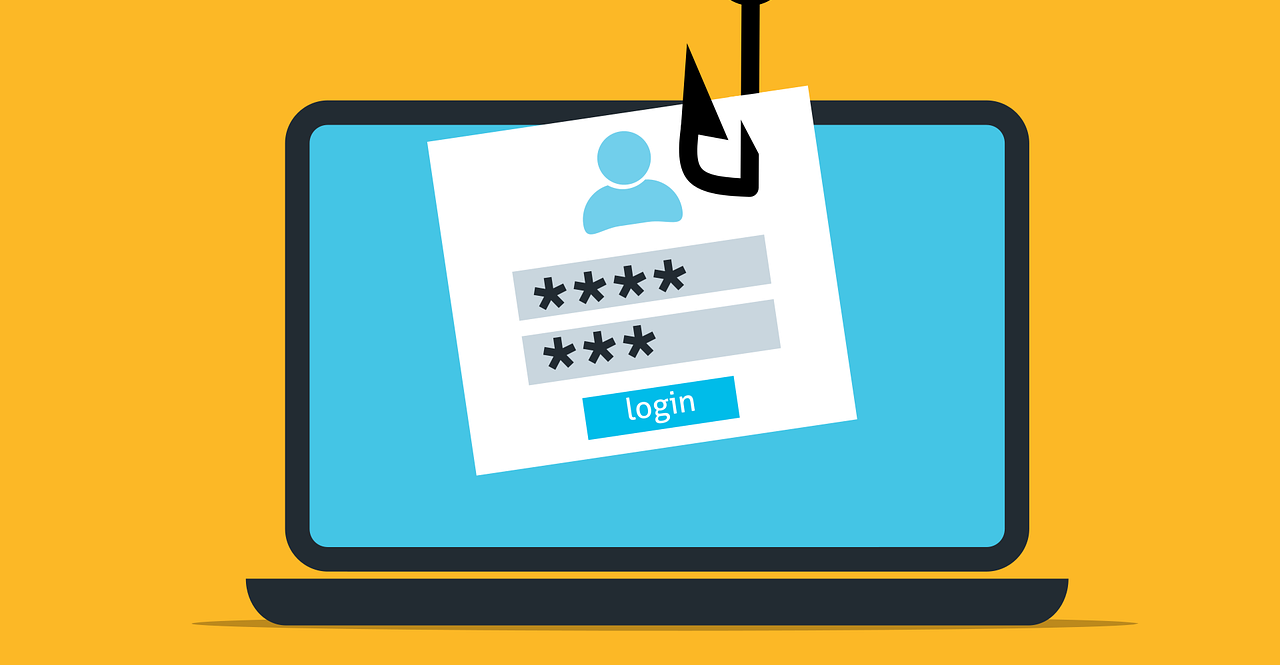As more government services move online, ensuring secure and reliable citizen authentication methods has become increasingly important. However, traditional authentication methods are becoming less effective and more vulnerable to cyberattacks, highlighting the importance of exploring new ways to improve security and user experience in government services.
Current Security and Regulatory Challenges for Government Bodies
COVID-19 lockdowns highlighted key weaknesses in government communications, as reflected by research from Granicus, which found that these “challenges and gaps in online service delivery have fundamentally changed expectations for local governments.” Digital transformation comes with new challenges and considerations, including privacy concerns and regulatory requirements.
Zero-Trust Cybersecurity
Government and public sector bodies now have to remain compliant with EO 14028. According to the Cybersecurity and Infrastructure Security Agency (CISA), this regulation requires that agencies adopt “zero trust cybersecurity principles and adjust their network architectures accordingly.” A guide to the zero-trust model by StealthLabs explains that organizations should strive to “always authenticate and authorize based on all available data points, including user identity, location, device health, service or workload, data classification, and anomalies.”
Therefore, agencies have to adapt their entire network architecture to remain compliant with zero-trust cybersecurity. CISA emphasizes developing a cloud security strategy and pushing for adopting multi-factor authentication in software adopted by federal agencies. Rebuilding architecture to remain compliant is just one challenge government bodies face.
Enhanced Cyber Supply Chain Risk Management
Federal agencies must practice due diligence when managing customer information securely. This involves creating a risk management framework that remains compliant with regulations. In fact, there are new rules for stronger government Cyber Supply Chain Risk Management (C-SCRM), which have been introduced through the Federal Acquisition Supply Chain Security Act and EO 13873.
CISA says that EO 13873, introduced to protect supply chain information from “foreign adversaries,” requires that federal bodies “assess the national security risks stemming from vulnerabilities in ICT hardware, software, and services including components enabling 5G communications.”
Strong customer identity verification and multi-factor authentication mitigate risks from stolen customer information and ensure regulatory compliance.
How Does Customer Authentication Work?
Let’s explore how government agencies can enhance security and user experience in their services by combining the concepts of identity proofing and citizen authentication.
According to a guide on identity proofing by SEON, it’s important to include this in your onboarding process as identity fraud grows. As they found, 14.4 million customers became victims of identity fraud in 2019 alone. Identity verification is one current solution: By verifying a citizen’s identity across multiple government services, identity proofing can create a more secure and user-friendly government service environment. We’ll explain how this works by breaking it down into three components — identity resolution, identity validation, and identity verification.
Identity resolution involves identifying and differentiating a specific user from a similar customer data dataset. The chosen technology should accurately distinguish them within the dataset, typically using provided identity verification information during onboarding.
Customer documentation such as passport ID or biometric verification is very useful here as it uses totally unique information about an individual in order to distinguish them. This part of the process is known as identity validation: You’re confirming their identity based on this collected information. The more information you have on your customer, the more you can be sure that they are who they claim to be.
Now imagine that, sometime after the onboarding process, your customer then wants to access confidential information about them on your site (perhaps their tax information, for example). You’ll need to make sure that the information they supply to confirm their identity matches that of the information that they gave you originally during the onboarding process. This is known as identity verification, and it’s the final step during the identity proofing process.
However, this is ongoing every time your customer wants to access private information about themselves. They will have to run a verification check every time.
Alongside biometric verification, it’s useful to ask your customers for strong passwords, as well as multi-factor authentication, in order to protect access to their sensitive information. Multi-factor authentication adds varying degrees of friction to customer experience — they might be asked for additional biometric verification, such as a fingerprint on top of a usual password and a secret password. This stops criminals from being able to access confidential information with a single piece of information alone. Furthermore, as mentioned above, making sure that you use software that comes with multi-factor authentication is the way to remain compliant with EO 14028.
The Co-Founder of SEON Fraud Fighters, the Hungarian startup that broke funding records, Tamas Kadar is also the founder of Central Europe’s first crypto exchange. In fact, it was serendipitous events right then that led him to start working on his own fraud prevention company when he realized what was already on the market didn’t cover his needs. Starting with the bold idea of utilizing digital footprints and social signals to assess customers’ true intentions, SEON promises to democratize the fight against fraud. Today, the company protects 5000+ brands around the world as an industry-agnostic, fully customizable, yet intuitive end-to-end fraud prevention solution that’s highly ranked in the industry.





Leave a Reply
You must be logged in to post a comment.